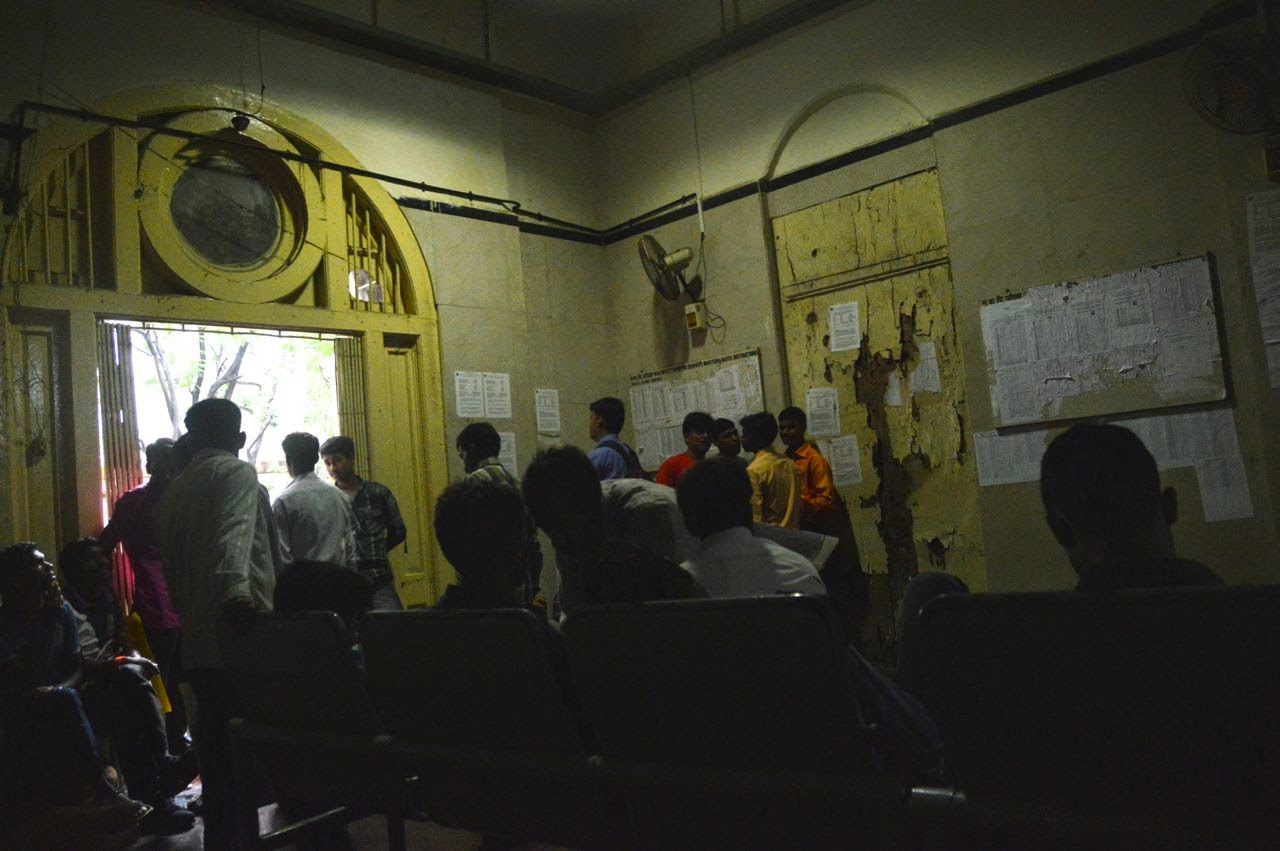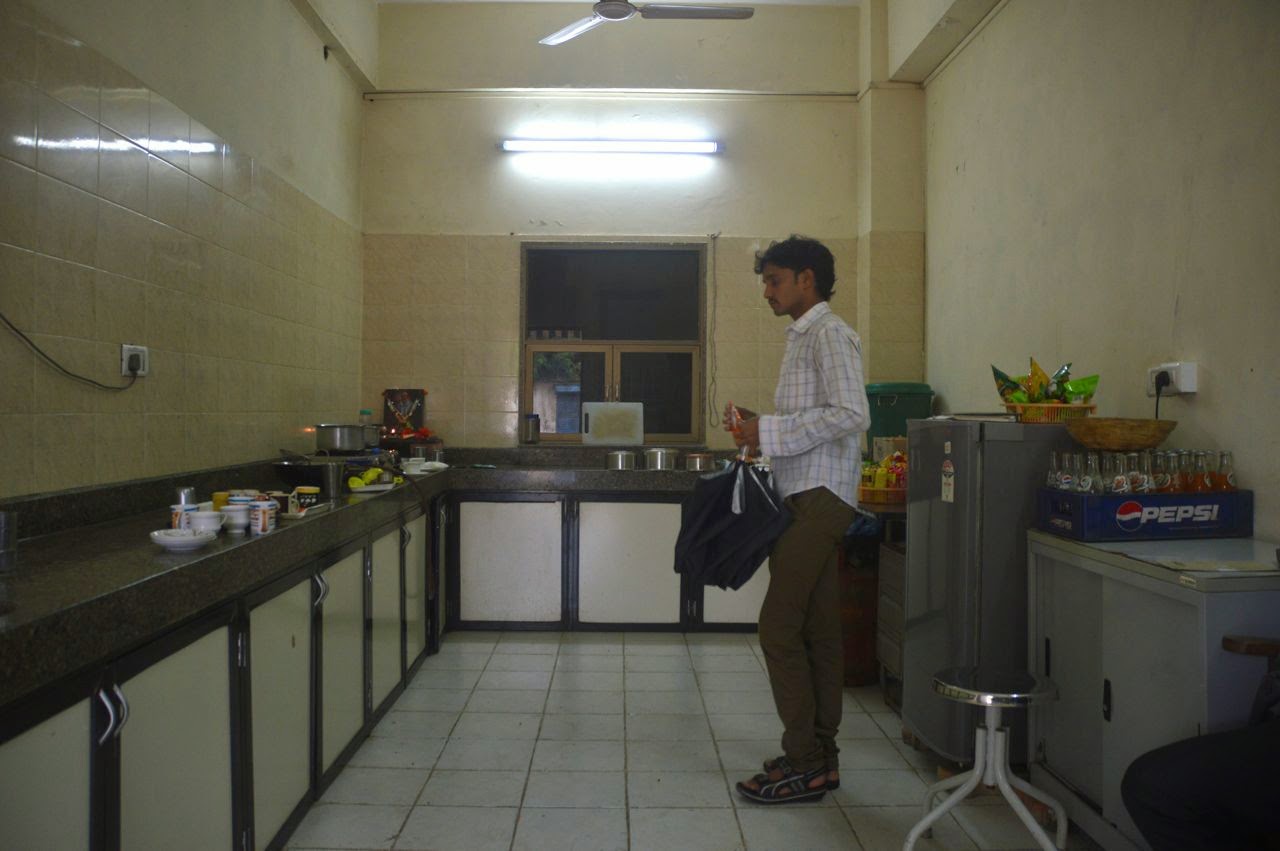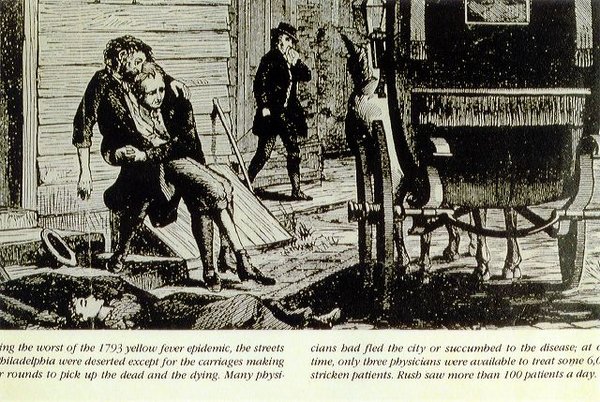In a worst-case scenario, Liberia and Sierra Leone could have 21,000 cases of Ebola by Sept. 30 and 1.4 million cases by Jan. 20, the CDC model suggests, assuming that effective control measures aren’t put into place.
"A surge now can break the back of the epidemic," Dr. Tom Frieden, director of the U.S. Centers for Disease Control and Prevention, told reporters on Tuesday.
The model also shows the severe cost of delay, which not only increases the risk of deaths and further infections but makes the job of stamping out Ebola more difficult, Frieden said.
The CDC analysis focuses on data available in August from Liberia and Sierra Leone, two of the three worst affected countries. Guinea, where the epidemic started, was not included.
The analysis is based on a mathematical model that allows researchers to test how different actions affect the course of the epidemic.
Value of immediate action
The World Health Organization published another analysis of data from the first nine months of the epidemic in all three countries late Monday in the New England Journal of Medicine.
"If we don't do anything immediately then the exponential growth that has been forecast will continue, so far as we can see, and we'll have not a few thousand cases but probably tens of thousands of cases," said Christopher Dye of the World Health Organization in Geneva.
Dye said they’re beginning to see signs in the response that offer hope the increase in cases won’t happen. For example, when Ebola entered Lagos in Nigeria, a city of 20 million people, health officials were able to stop transmission, he said.
Speed is of the essence, both CDC and WHO stressed. Had there been more interventions in Guinea between March and July, for example, control could have been achieved, the WHO researchers said.
Dye’s team also calculated the death rate to be about 70 per cent among hospitalized patients. Part of the difficulty in estimating the fatality rate is that many Ebola cases were only identified after death.
The researchers used data from informal case reports, diagnostic labs and burial records for the study.
The case fatality rate among hospitalized patients could differ from patients who are never seen by a doctor, the researchers said.
The WHO researchers said they infer that the epidemic is "exceptionally large" not because of the biological characteristics of the virus itself but rather features of the affected population such as the highly interconnected populations in the three worst-affected countries and insufficient control efforts so far.
Dr. Armand Sprecher, an infectious diseases specialist at Doctors Without Borders, questioned WHO’s projections.
"It's a big assumption that nothing will change in the current outbreak response," Sprecher said. He noted that Ebola outbreaks usually end when people stop touching the sick and practise safe burial, which local health officials in West Africa now emphasize in education campaigns.
Gayle Smith, special assistant to U.S. President Barack Obama and senior director of the National Security Council, also stressed that there’s been a tremendous surge in resources and response to the Ebola outbreak in the last few weeks.
The surge includes a pledge from the U.S. to build more than a dozen medical treatment centres in Liberia and to deploy 3,000 troops to help. Britain and France have also pledged to build treatment centres in Sierra Leone and Guinea. The World Bank and UNICEF have sent more than $1 million worth of supplies to the region.
The African Union is deploying health-care workers, and Asian countries, South Africa and Cuba have also responded, Smith said.
To stop transmission in the community, the WHO team said, the period from when symptoms appear to hospitalization needs to be reduced from the average of five days reported in the study. Surprisingly, the researchers said, the average time was not shorter among health-care workers, who are both at higher risk of infection themselves as well as transmitting it to others.
So far, about 2,800 deaths have been attributed to the Ebola virus in the current outbreak.
In Sierra Leone, officials said they found 130 confirmed cases of Ebola infection during a weekend lockdown designed to slow the spread of the outbreak.
About 70 more suspected cases are still being tested, said Deputy Minister for Political and Public Affairs Karamoh Kabba.







